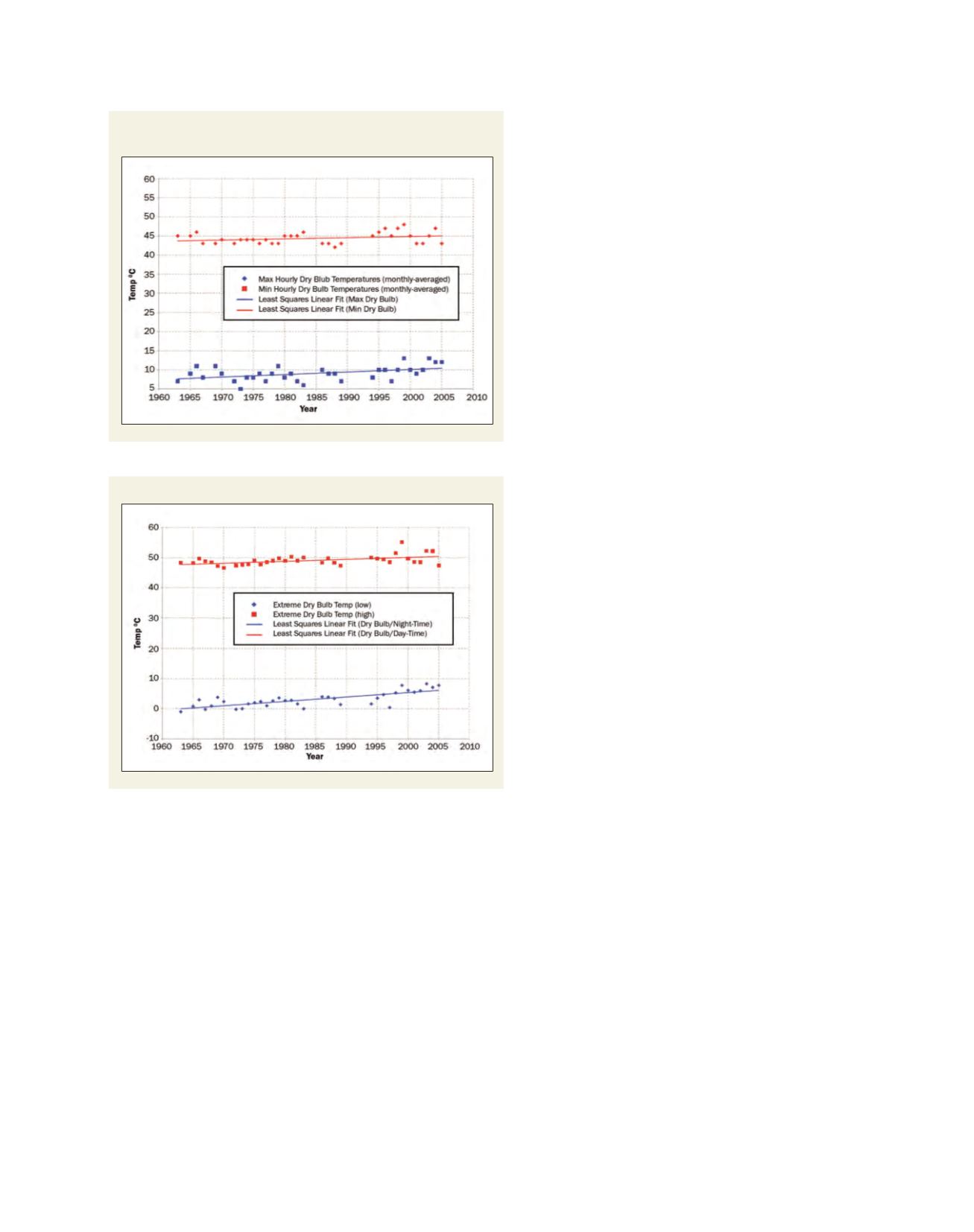

[
] 73
G
overnance
and
P
olicy
ing the load cycle – in order not to violate Kuwait Environment
Public Authority air quality standards.
Kuwait National Petroleum Company
The growth of the petroleum and petrochemical industry in Kuwait
need not be a source of alarm if the concepts (efficiency and reduction
of emission and waste generation at the source) adopted by the Council
of Arab Ministers Responsible for Environment are adhered to. It is
feasible to increase industrial output two to threefold without increas-
ing emissions. A precedent has already been set by the refinery industry:
the Government of Kuwait has pledged to reduce sulphur content in
petroleum products, gas flaring and other hydrocarbon releases by
building a large modern refinery to produce environmental friendly
fuel to cope with the demands for the power plants of MEW.
10, 16
In 2007, the company started executing front-end engineering and
design for its Clean Fuel Project-2020, which involves modification,
upgrade and installation of new facilities including new flaring systems
at its three refineries. Mina Abdullah (MAB) and Mina Al
Ahmadi (MAA) will be upgraded to give increased capacity
and conversion of low sulphur fuel oil to higher end prod-
ucts through ‘Bottom of Barrel’ processing using ARDS/
COKER/HC technologies. Shuaiba will become a tank
farm, gasoline blending and shipping/logistics centre with
potential integration of some offsite facilities with MAA/
MAB operations.
18
According to satellite data released
by the United States National Oceanic and Atmospheric
Agency in 2007, Kuwaiti flared volume decreased from
2.5 tonnes in 2006 to 2.1 tonnes in 2007.
12
Kuwait Oil Company
Kuwait seeks to increase its use of natural gas in electric-
ity generation, water desalination, and petrochemicals to
reduce the impact on the environment and free up as
much as 100,000 barrels per day of oil for export. Kuwait
hopes to accomplish this through increased drilling for
natural gas, and tying together gathering centres.
Public Authority for Agriculture and Fisheries
The work to establish green belts in Kuwait is well
under way, to combat sand encroachment and develop
carbon sinks through tree planting and afforestation.
Despite the above, more work is still required. An
emission inventory should be conducted for all air
pollution sources including industries, power plants,
traffic and domestic sources to assess the status emis-
sion loads. District cooling is more economical and
environmentally friendly than small air conditioning
units. When residential areas are close to the coast (as
in Kuwait), the benefits are far greater.
Another important aspect is renewable energy.
Kuwait is a hot spot for solar power generation, with
potential for wind energy. The government of Kuwait
represented by the Amir (Sheikh Sabah Al-Ahmad
Al-Jabir Al-Sabah) is giving serious consideration to the
use of renewable energy, especially solar and wind.
19
Incentives should be given for energy-efficient build-
ings. Solar water heating should also be encouraged, and
environment-oriented non-governmental organizations
must be empowered to advance sustainable develop-
ment and strengthen environmental legislations. The
implementation of carbon capture and storage tech-
nologies is also important.
Historic records of temperature in Kuwait show clear
signs of climate change, at a rate of 4.7-6.6
o
C per century.
The data shows asymmetry in the increase of temperature
during day and night, with the increase in the latter being
greater. Solar radiation data supports these findings.
The overall picture can be interpreted differently based
on the background against which the picture is held.
Considering the current challenges, along with pollu-
tion levels and the rate at which they have increased, the
future can still be considered murky. However, when one
takes into account the serious strides taken by Kuwait
through adaptation strategies and implementation of new
technologies one can be assured the years to come will
witness an improvement in local air quality.
Monthly averaged maximum and minimum hourly temperatures in
Kuwait for 1963-2005
Source: Ashraf Ramadan
Extreme hourly dry bulb temperatures in Kuwait for 1963-2005
Source: Ashraf Ramadan
















